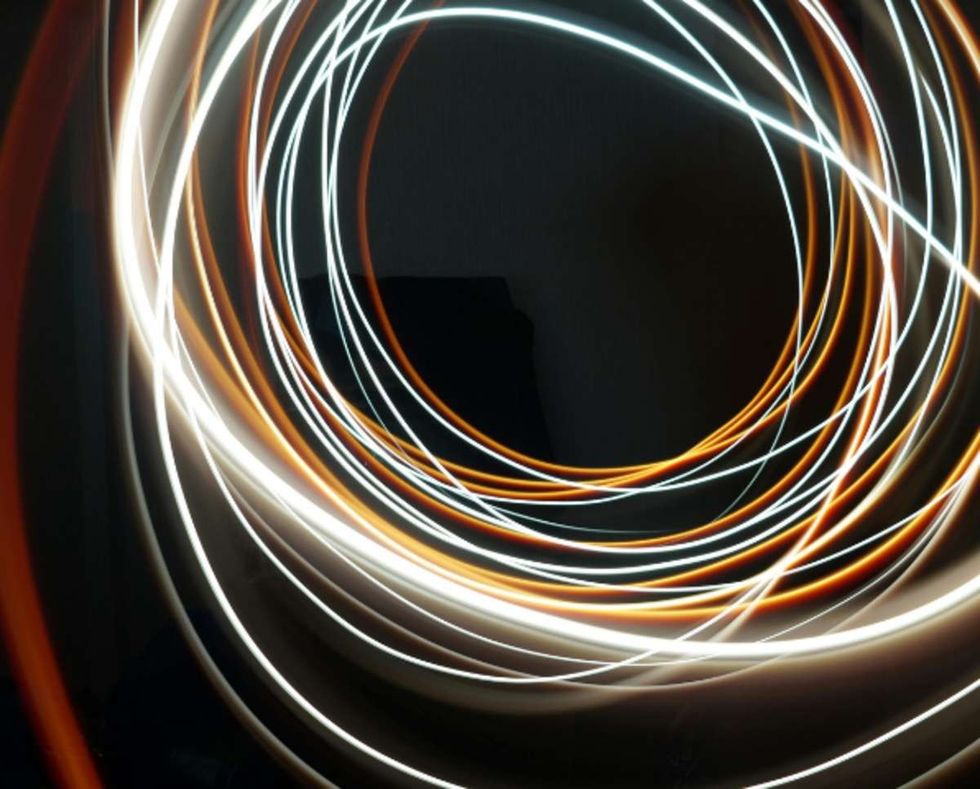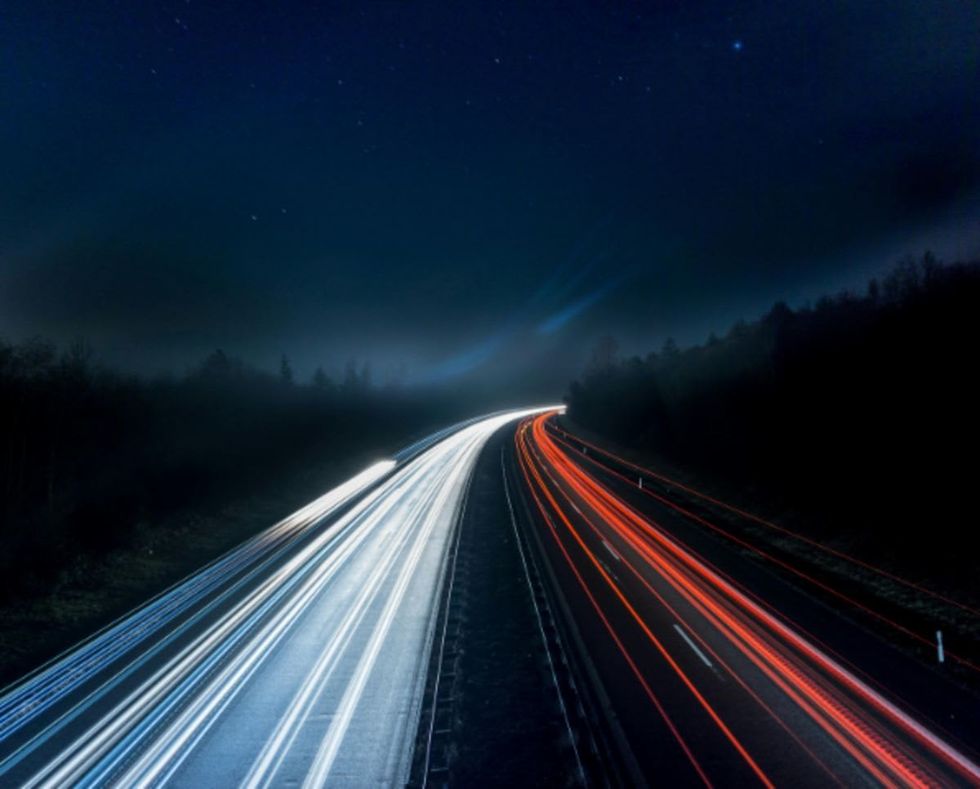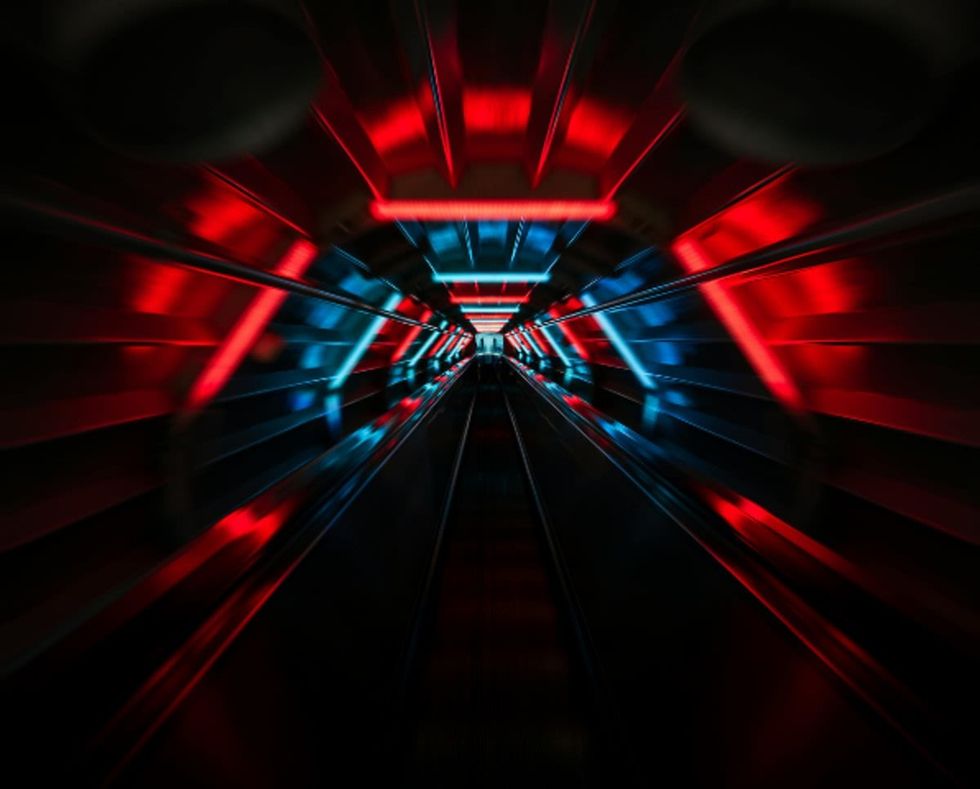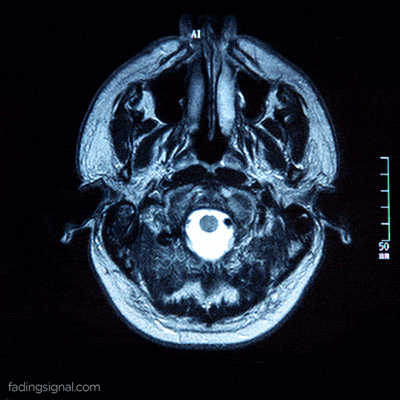It's amazing how light moves to offer different hues and perspectives. Visualizing an image from complete darkness to its various shades and saturations is the magic of light traveling. This process happens within seconds. The exposure time of each frame is just two trillionths of a second. The MIT Media Lab’s Camera Culture group has developed a solution to capture this mesmerizing process. Since light moves too fast to be captured directly, the equipment uses a 'stroboscopic' method to capture the movement. These visuals are then arranged into a "movie" that lasts a nanosecond.

Ramesh Raskar, associate professor at MIT, shared more about the device in an interview. “We have built a virtual slow-motion camera where we can see light particles or photons moving through space,” he explained. The technique is called “Femto Photography” and uses complex mathematics and science to capture a majestic view. “Photons travel through space faster than bullets. Our camera can see these photons traveling through space,” Raskar added. Andreas Velten, a postdoctoral associate at the MIT Lab, shared his insight on the intricate structuring of the device. “It’s not just one camera but 500 sensors, each triggered at a trillionth of a second per day,” he said.

“Even though our sensors are slow, we can capture fast movement,” he added. Adding visuals to his explanation, a graphical version of an apple was shown which became visible as light passed through it. Though the movement is taking place very quickly, the camera can capture it all. “Our light source is a Titanium Sapphire laser that emits pulses every 13 nanoseconds,” Velten said. The camera he revealed is unlike other regular cameras. Though the lens and several parts look similar, the body is much larger and holds several complex mechanisms to capture light.

The camera can only take pictures in 1D, resulting in a single view. The magic happens when mirrors come into play. The camera captures about 480 frames with an estimated 1.71 picosecond exposure time, after which experts use mirrors to get a full view of the scene. “The camera keeps taking images and we slowly rotate a mirror to scan and get a full view across the entire scene,” Velten explained. Since all the images captured have almost little to no difference, they are then put together like normal frames to create a movie effect. As per the team, the camera holds vast potential in futuristic fields to help with learning and development.
Raskar explained that medical and industrial fields can greatly benefit from this device. “In the medical field, we can do ultrasound with light. This is because we will be able to analyze how light will scatter one-dimensionally inside the body,” he explained. As for the industrial field, the device will be a boon for detecting faults and even improvising products. “In consumer photography, we are always fascinated with creating light effects. That appears to come from very sophisticated light sources. Because we can watch photons, we can analyze the movement of these photons through space and create new photographs as if we had created those expensive sources in a light studio.”
This article originally appeared 3 months ago.




















 Music isn't just good for social bonding.Photo credit: Canva
Music isn't just good for social bonding.Photo credit: Canva Our genes may influence our love of music more than we realize.Photo credit: Canva
Our genes may influence our love of music more than we realize.Photo credit: Canva
 Great White Sharks GIF by Shark Week
Great White Sharks GIF by Shark Week

 Blue Ghost Mission 1 - Sunset Panorama GlowPhoto credit:
Blue Ghost Mission 1 - Sunset Panorama GlowPhoto credit: 
 medical school brain GIF
medical school brain GIF woman leaning on man's shoulder
Photo by
woman leaning on man's shoulder
Photo by 
 Ripe bananas
Ripe bananas How we treat produce could be changing for the better.
How we treat produce could be changing for the better.